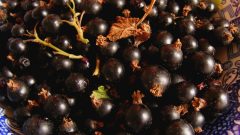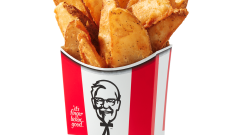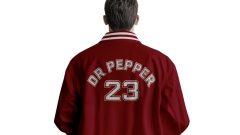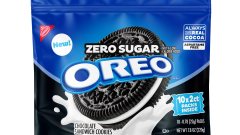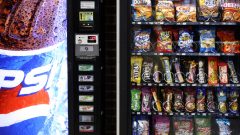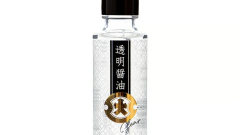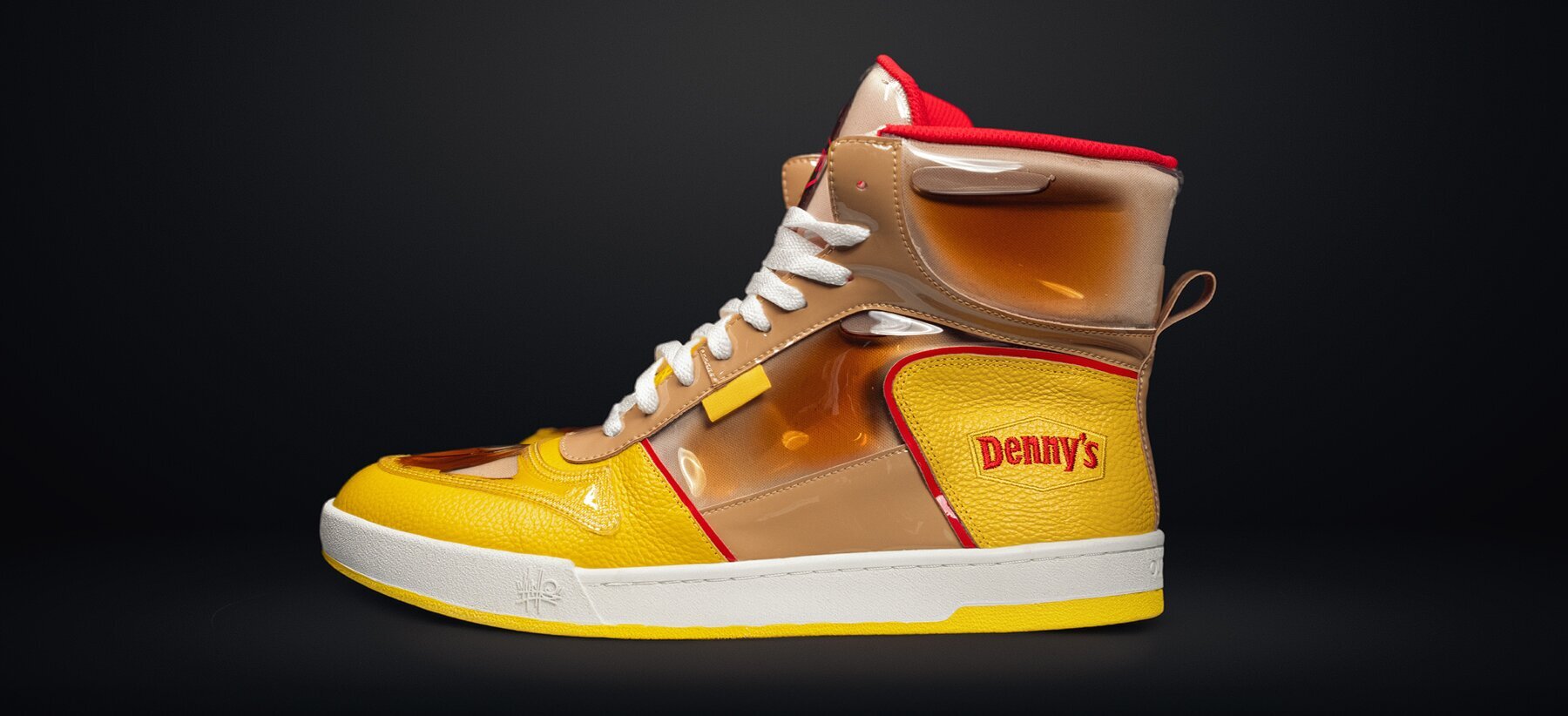I Shadowed A Fishmonger At The Crack Of Dawn, Here’s What I Learned
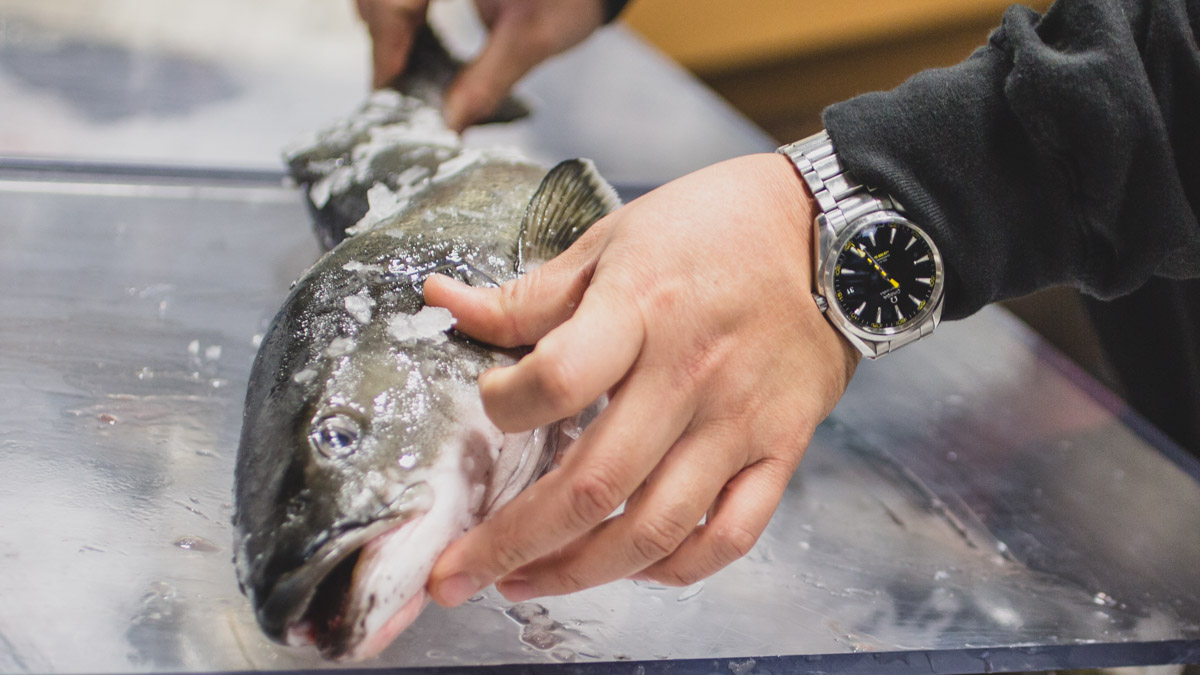
“To properly select a quality piece of fish, you have to stand back and look at the bigger picture.”
This mantra was one that stuck to my land-loving soul after following a fishmonger around the seafood markets of Los Angeles.
I parked my car in front of Daikokuya, one of the most prominent ramen houses in Little Tokyo. The yellow street lights shown down on the 4am streets of Downtown Los Angeles. As I waited, I could still see stragglers of the previous night saying their goodbyes to one another.
A black SUV pulls up across the street and my phone rings. It was Liwei Liao, proprietor of The Joint, a unique space in Sherman Oaks, California that blends a specialty coffeehouse with a boutique seafood market. Because of this profession, Liao is a denizen of the world that exists before the dawn.
View this post on Instagram
Liao is a fishmonger who curates the entire catalog for his seafood boutique every morning before the rest of us even hit that first snooze button.
I step into the passenger seat, my nose taking in the wondrous aroma of the freshly brewed coffee coming from his Thermos. Liao introduces himself and we waste no time setting off to two of his favorite fish markets.
When it comes to picking out fresh seafood, I’m a complete novice. To me, all fish smell kind of the same and I wouldn’t begin to know what to look for when it comes to selecting the freshest possible piece of seafood.
That morning, I painted myself the apprentice and Liao the seafood master.

To provide the best selection for his customers, Liao wakes up every morning around 3am to personally hand-select fresh fish and seafood for The Joint. It wouldn’t seem like it, but the early-morning fishmonger community is a bustling one where sushi chefs and seafood proprietors battle the break of dawn — and each other — to get their hands on the catch of the day first.
“I’m curating fish. I’m picking the best that the market has to offer for that day to be able to offer my customers the best,” he explained. “Most markets, they’re ordering off a list and they’re fulfilling the items that they have to sell. I’m okay with not having salmon because salmon is not good that day.”
There were two spots on our agenda that morning.
Right off Alameda Street, inside a nondescript industrial parked, was Luxe Seafood. Constantly maintained with subzero temperatures, the space housed boxes of imported fish I’ve never even heard of — like a bookstore specializing in rare editions.
Tucked away in the heart of Skid Row, nearly impossible to spot unless you were looking for it, was the International Marine Products warehouse. Both veritable seafood metropolises, fish from all over the world are flown in for restaurateurs and chefs to choose from.
As I gawk at the vibrant display of underwater creatures, Liao gets to work inspecting the daily catch.

His eyes dart from fish to fish. His fingers run across the flesh and fins with expert purpose. All a curious dance of measuring the worthiness of the catch.
Different species of fish have different signs and tells to their freshness and their timing.
“There are certain fish that naturally have cloudy eyes within three or four hours of being packed in ice. That would deter some people but then it’s still super fresh.”
During my morning with Liao, he shared with me some cardinal guidelines to follow while looking for seafood.
Moisture

Keep an eye out for the extra moisture. Excessive liquid build-up around the fish fillets is an indication of negative things, such as being previously frozen or not fresh.
Another thing Liwei wanted to point out was the shape of the fins. His fingers lightly graze the fins of an albacore tuna.
“Fins are the most delicate part of the fish that will deteriorate first,” he explains. “You always want to pick a fish that is not beat up, that the moment that it’s caught, it’s taken care of.”
The fin is a good indicator whether the fish was cared for, whether
or not it was thrown around and bruised.
Smell

“If you can smell the fish without having to put your nose to it, often times this means there’s something fishy going on,” Liao says.
The thing I noticed most during my visit to the Los Angeles fish markets with Liao was how both locations we stopped at didn’t excessively smell like fish. In fact, you would have to be inches away from the seafood to actually breath in the oceanic odor. A true sign of a proper fish market.
Posture

“Always select fish that is straight and not bent and/or curved,” says Liao. “Bent fish after rigor mortis could lead to affecting the texture of the fish.”
Liao stresses that in order to properly select a quality piece of fish, you have to stand back and look at the bigger picture.
“There’s always the two things that most people know about,” he says. “Oh look at the eyes, look at the gills. That doesn’t tell you the whole story about the fish. You have to look at the entire fish, the whole anatomy.”
Know the Source

Knowing the farm and the source will identify whether the fish is responsibly farmed, he explained to us, and that farmed fish can be better in quality and often times more sustainable.
“When you see a fish that’s farmed, and it’s got all the right proportions,” Liao points out. “The fins are perfect, the head-to-body ratio is what a salmon should look like, then I know that fish took it’s time to grow. They weren’t pumped with antibiotics or growth hormones or things that may accelerate your growth.”
Urban Myths

You may have heard sayings like: “You shouldn’t buy seafood on certain days, or there is no good seafood on Mondays.”
Other than Sundays (the day fish isn’t typically delivered), or weather permitting, Liao advises there is always something fresh from the market every day. Always ask your local fishmonger what’s best for the day, because the best that day may not be what came in that day.
“Fresh is good, but not always the best.”
Liao also clears up the details about avoiding fish with cloudy eyes.

“There’s many different things that cause cloudy eyes,” he explained to me. “The eyes will turn cloudy naturally when the fish goes bad.”
Usually cloudy eyes means that the fish is not as fresh and that’s what most people hear. That, however, does not reveal the entire story.
“When you look at cloudy eyes, you have to look into the eyes,” he clarified. Liao means that you have to look past the seemingly cloudy surface of the eyeball, and deep into the whole of the fish’s optical apparatus.
There are types of fish that have membranes on the top of their eyes that are used to saltwater. After they are caught, and they’re removed from that salt water environment, their eyes will start clouding.
As Liao drops me back at my car, the street lights are barely turning off as daylight finally breaks. We say our goodbyes, as he invites me to visit The Joint in the near future to enjoy some fresh seafood and a finely brewed cup of coffee. With an unintentional, powerful yawn, I gladly accept his invitation for the near future — eager to test my newfound knowledge of seafood.


